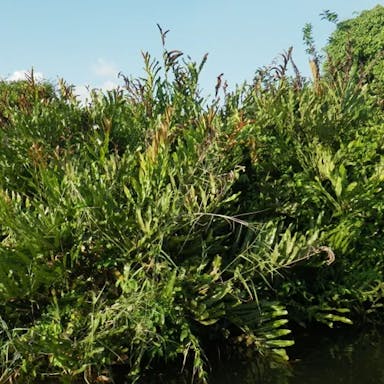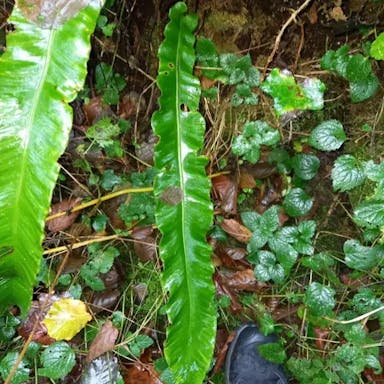To ensure optimal growth and health of the Toothed club-moss, it is crucial to follow a particular watering schedule. This plant thrives in damp soil conditions, but it is vital to prevent overwatering, as it can result in root decay and other problems.
During the growing period, which usually lasts from springtime to early autumn, the Toothed club-moss should be hydrated regularly. The rate of hydration will depend on various elements such as temperature, humidity, and soil classification. As a general principle, the plant should be hydrated when the top inch of soil feels parched to the touch. This usually means hydrating every 7-10 days, but it is vital to observe the soil moisture levels to calibrate the rate accordingly.
When hydrating, it is advised to provide a thorough soaking to guarantee that the water reaches the plant's roots. However, it is essential to avoid waterlogging the soil, as this can result in oxygen deprivation for the roots. To prevent this, it is recommendable to hydrate until the excess water begins to drain out from the base of the pot or container.
During the dormant phase in winter, the hydration rate should be decreased. The plant requires less water during this time, as its growth decelerates. It is essential to enable the soil to dry out somewhat between hydrations, but it should not be completely arid. A hydration interval of 2-3 weeks is usually adequate during the dormant phase.
In summary, the Toothed club-moss should be hydrated regularly during the growing season, with a rate of about every 7-10 days. During the dormant period, the hydration rate should be reduced to about every 2-3 weeks. It is vital to observe the soil moisture levels and calibrate the hydration rate accordingly to uphold optimal soil moisture without overwatering.






